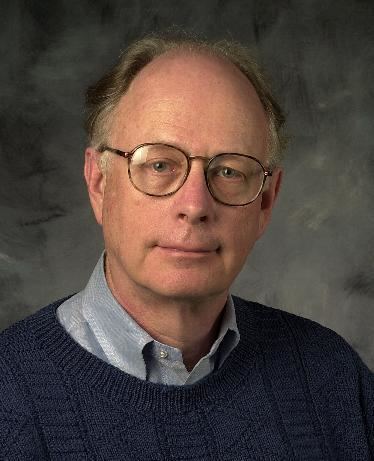Citizenship United States Role Physicist | Name James Hartle Nationality American | |
 | ||
Institutions University of California, Santa BarbaraSanta Fe Institute Education California Institute of Technology (1964) Books Gravity, Gravity: Pearson New International Edition: an Introduction to Einstein's General Relativity Awards Guggenheim Fellowship for Natural Sciences, US & Canada | ||
Residence United States of America | ||
James hartle the quantum origin of the universe seti talks
James Burkett Hartle (August 20, 1939) is an American physicist. He has been a professor of physics at the University of California, Santa Barbara since 1966, and he is currently a member of the external faculty of the Santa Fe Institute. Hartle is known for his work in general relativity, astrophysics, and interpretation of quantum mechanics.
Contents
- James hartle the quantum origin of the universe seti talks
- The return of the observer by james hartle
- Work
- References
The return of the observer by james hartle
Work
In collaboration with Murray Gell-Mann and others, Hartle developed an alternative to the standard Copenhagen interpretation, more general and appropriate to quantum cosmology, based on consistent histories.
With Dieter Brill in 1964, he discovered the Brill–Hartle geon, an approximate solution realizing Wheeler's suggestion of a hypothetical phenomenon in which a gravitational wave packet is confined to a compact region of spacetime by the gravitational attraction of its own field energy.
Working at the Enrico Fermi Institute at the University of Chicago in 1983, he developed the Hartle–Hawking wavefunction of the Universe in collaboration with Stephen Hawking. This specific solution to the Wheeler–deWitt equation is meant to explain the initial conditions of the Big Bang cosmology.
Hartle is the author of the textbook on general relativity entitled Gravity: an Introduction to Einstein's General Relativity.
